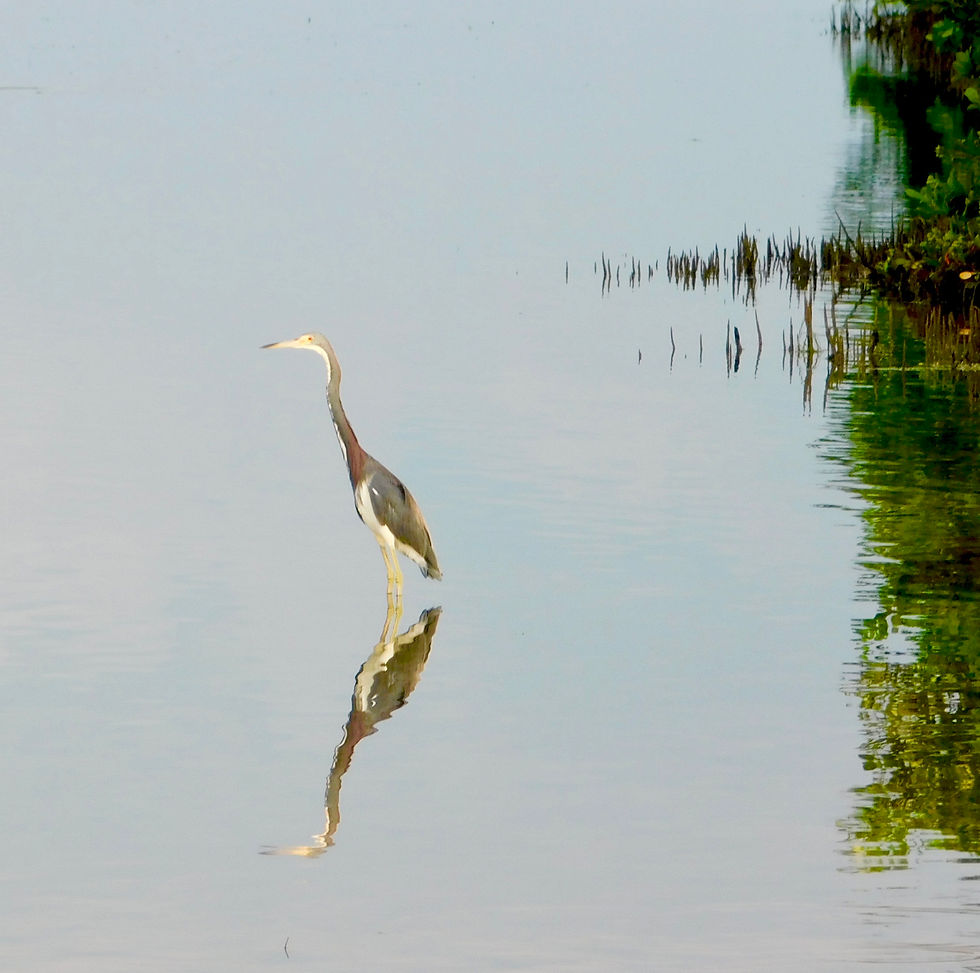Reflections
- Innovations in Education
- Jan 4, 2023
- 2 min read
“Life can only be understood backwards; but it must be lived forwards.”
― Søren Kierkegaard
The beginning of the new year is a time for reflection. We tend to look backwards at the joys and challenges of the previous year and forwards to hopes and fears for the future. We make resolutions to avoid the pitfalls of the past and to make us better equipped for the future.
In education,- as in life, reflection needs to be a regular practice. It is only through reflection that we absorb the true impact of what we have experienced and carry it forward towards personal and professional growth.
So how do we incorporate reflective practice into our teaching? The curriculum is usually packed. We are rushing to include everything required for our course. Where do we find the time? How do we shove life lessons into the fire hose of information we are asking students to absorb? How do we make our teaching relevant to the individual student through reflection?
I would argue that reflection is one of the most important skills needed for life-long learning. I would also argue that it does not require a huge chunk of time to incorporate.
Think about your top objectives for a class session. What do you want students to take away from it? At the end of the session, or sometime shortly afterwards, review and discuss those objectives with students. Ask them for their take aways. Do it in a way that sparks thoughtful conversation.
Experiential learning (discussed in my last blog) lends itself naturally to reflection. Other class sessions may require a little more work. You can prompt students by asking questions like: “How will this help you in your future practice or profession?”
You can draw on previous experiences. One of my favorite class sessions is an introduction to cultural fluency. To open the discussion I have the students divide into small groups. Each member of the group needs to tell a short story of a time when they were outside of their comfort zone, outside of their personal cultural norm. When the class come back together, we use these personal experiences to reflect on cultural differences and how we can bridge them, making intercultural experiences and communication more comfortable for all. Reflecting on their own discomfort is invaluable in opening them up to accepting differences.
Sometimes a simple question, rather than an activity, can help students draw on personal experience for reflection. Asking students to share those experiences with the class can bring the concept closer to home for other students.
Games are another tool for reflection. Some games take only a few minutes to play, but are great catalysts for meaningful discussion and deeper thought.
When we reflect on what we have experienced, what we have learned, we not only crystalize out memory, but we carry the lessons learned forward into new and richer life experiences- new and more meaningful personal and professional growth.
Please share your thoughts and ideas. We love to hear from you either through this blog or email us at innovationsineducate@gmail.com





Comments